The American Bison, often referred to simply as the buffalo, is one of North America’s most iconic animals. These majestic creatures once roamed the Great Plains in numbers reaching tens of millions, shaping the ecosystem and holding profound cultural significance for Indigenous peoples. Despite their well-documented history, there are several facts about the American Bison that remain surprising and fascinating.
20. The Bison Is the National Mammal of the United States

In 2016, President Barack Obama signed the National Bison Legacy Act, officially designating the bison as the National Mammal of the United States. This act recognized the bison’s historical, cultural, and ecological importance to the country.
19. Yellowstone Is Home to the Largest Free-Roaming Bison Herd
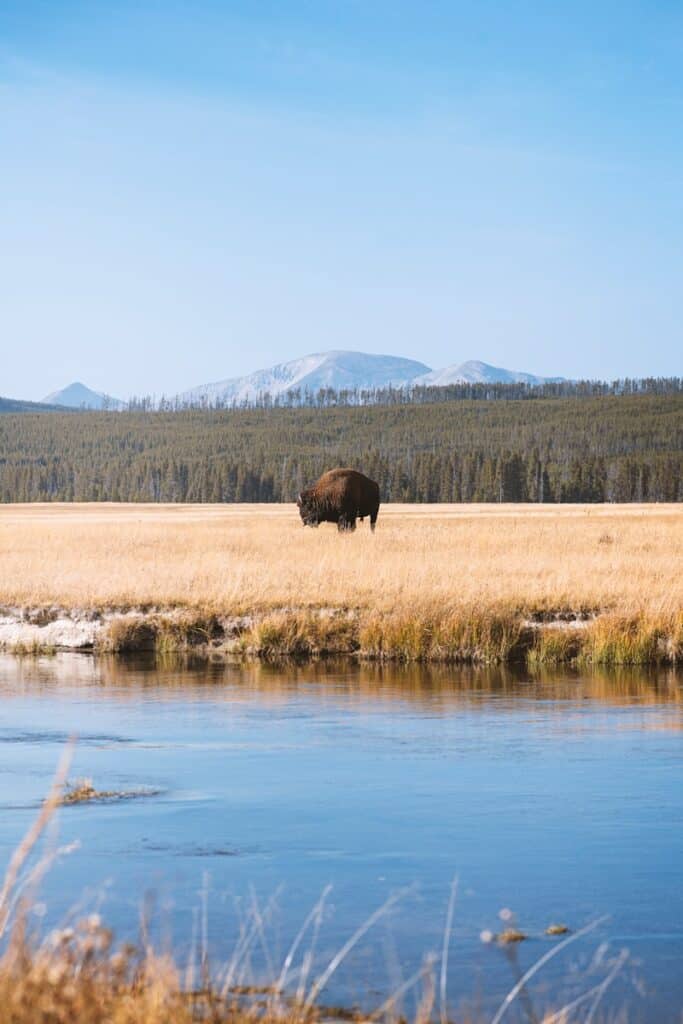
Yellowstone National Park boasts the largest population of free-roaming bison in the United States. Unlike many other herds, Yellowstone’s bison have never been crossbred with cattle, maintaining their genetic purity.
18. Bison Are Surprisingly Agile

Despite their large size, bison are incredibly agile. They can run at speeds up to 35 miles per hour and are capable of pivoting quickly, making them difficult to evade if provoked.
17. Bison Played a Role in Railroad Expansion

In the 19th century, bison were hunted extensively to make way for railroad expansion across the United States. This hunting decimated the population from millions to just a few hundred individuals by the end of the century.
16. Bison and Buffalo Are Not the Same
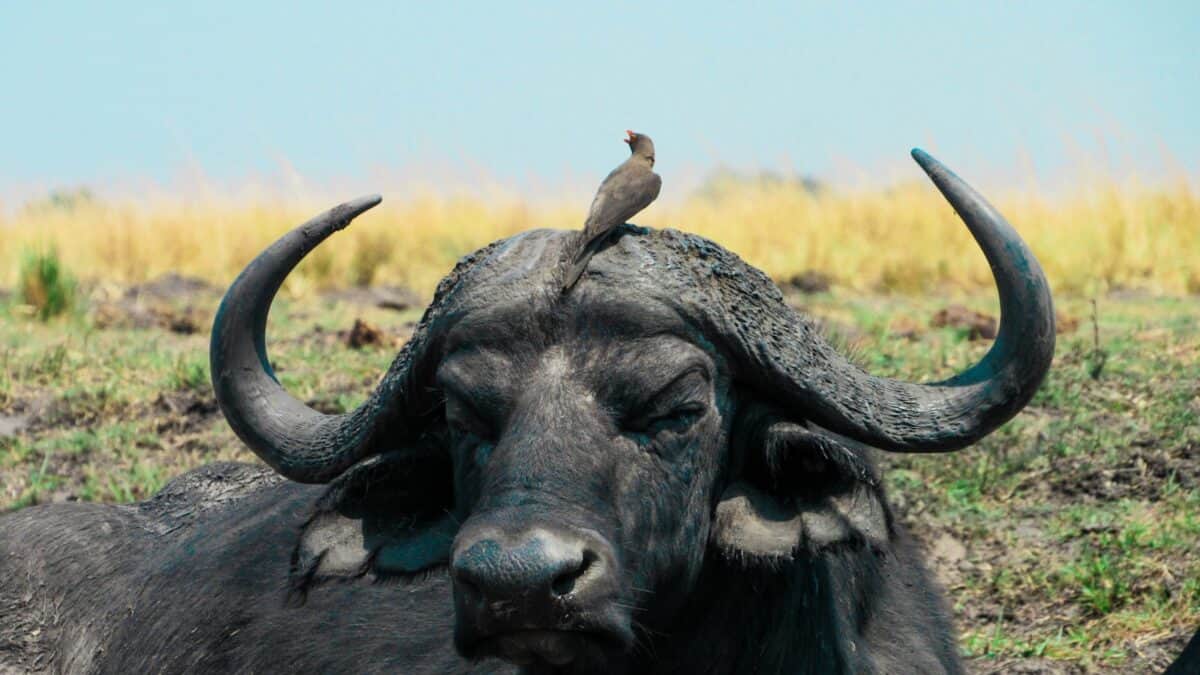
Though often used interchangeably, bison are distinct from buffalo. True buffalo are native to Africa and Asia and include species like the African buffalo and the water buffalo. The confusion likely arose when early European settlers to America used the term “buffalo” to refer to the bison.
15. Bison Calves Are Called “Red Dogs”

Bison calves are born with a reddish-orange hue, earning them the nickname “red dogs.” This color changes to the dark brown of adult bison after a few months.
14. They Are the Largest Land Animals in North America

The American Bison is the largest land mammal in North America, with males weighing up to 2,000 pounds and standing about 6 feet tall at the shoulder.
13. Bison Fur Was Highly Sought After
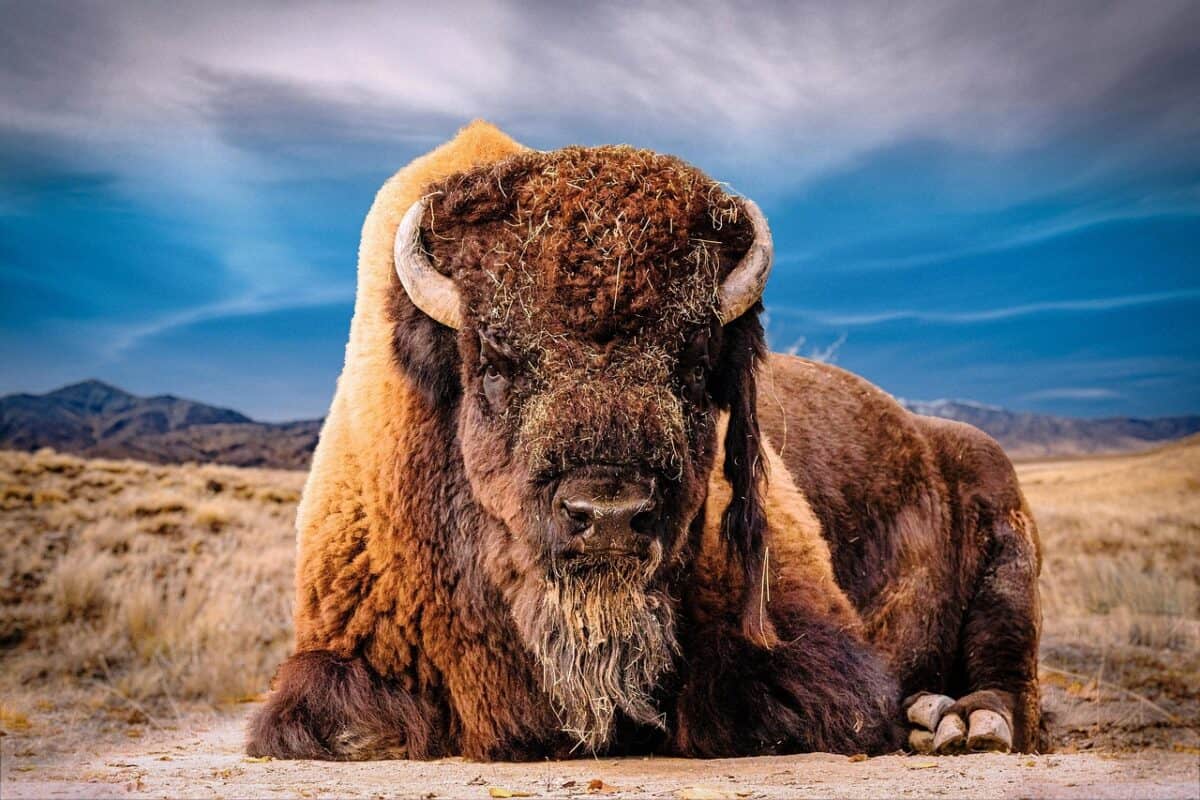
In the 1800s, bison fur became a coveted material for manufacturing warm coats and robes, leading to a significant decline in their population due to overhunting.
12. Bison Have a Special Adaptation for Winter

Bison possess a dense winter coat that enables them to survive harsh weather conditions. Their coat consists of thick woolly underfur and longer guard hairs that help insulate against the cold.
11. Conservation Efforts Brought Them Back from the Brink

Dedicated conservation efforts in the early 20th century, spearheaded by organizations like the American Bison Society, helped prevent the extinction of the bison. Today, their population has rebounded to around 500,000, though primarily in managed herds.
10. Bison Communicate Through Grunts

Bison use a series of vocalizations, including grunts and snorts, to communicate with each other. These sounds convey information about threats, moods, and maintaining group cohesion.
9. They Are Keystone Species
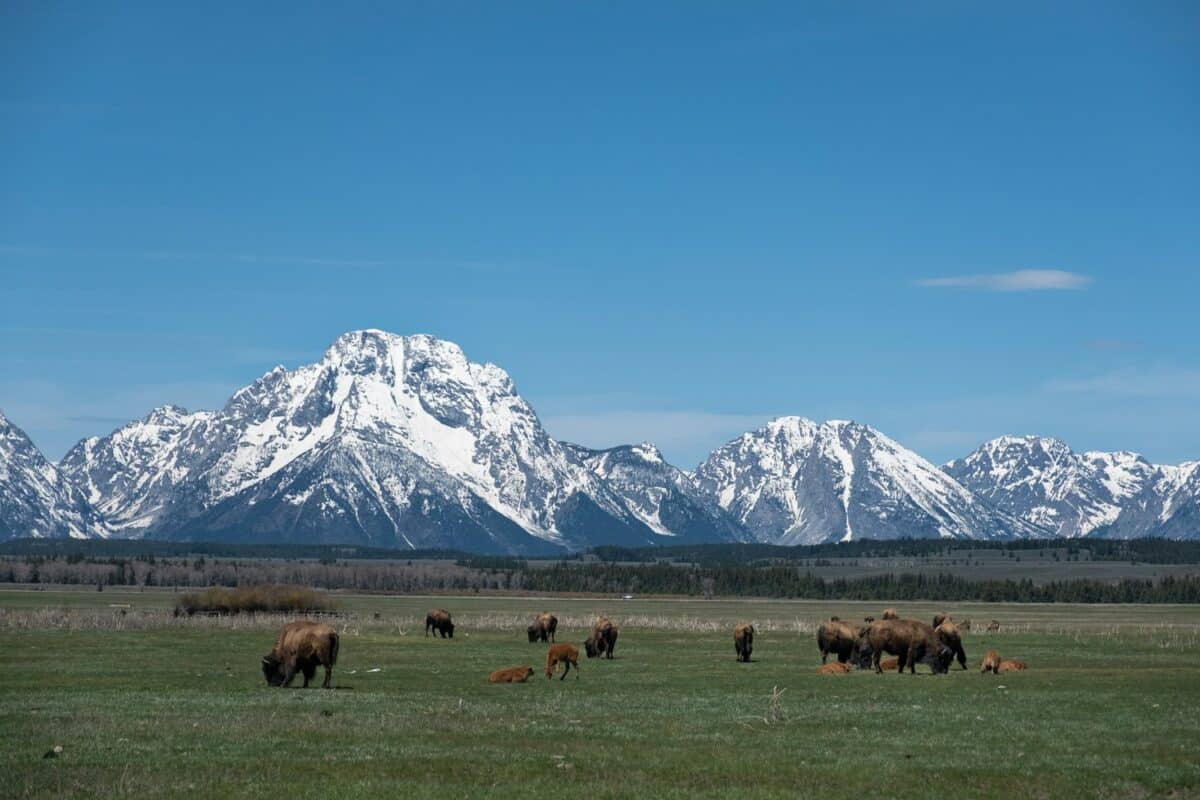
Bison are considered a keystone species because their grazing patterns help maintain the ecological balance of the prairie ecosystem by promoting plant diversity and soil health.
8. Ancient Bison Roamed with Mammoths
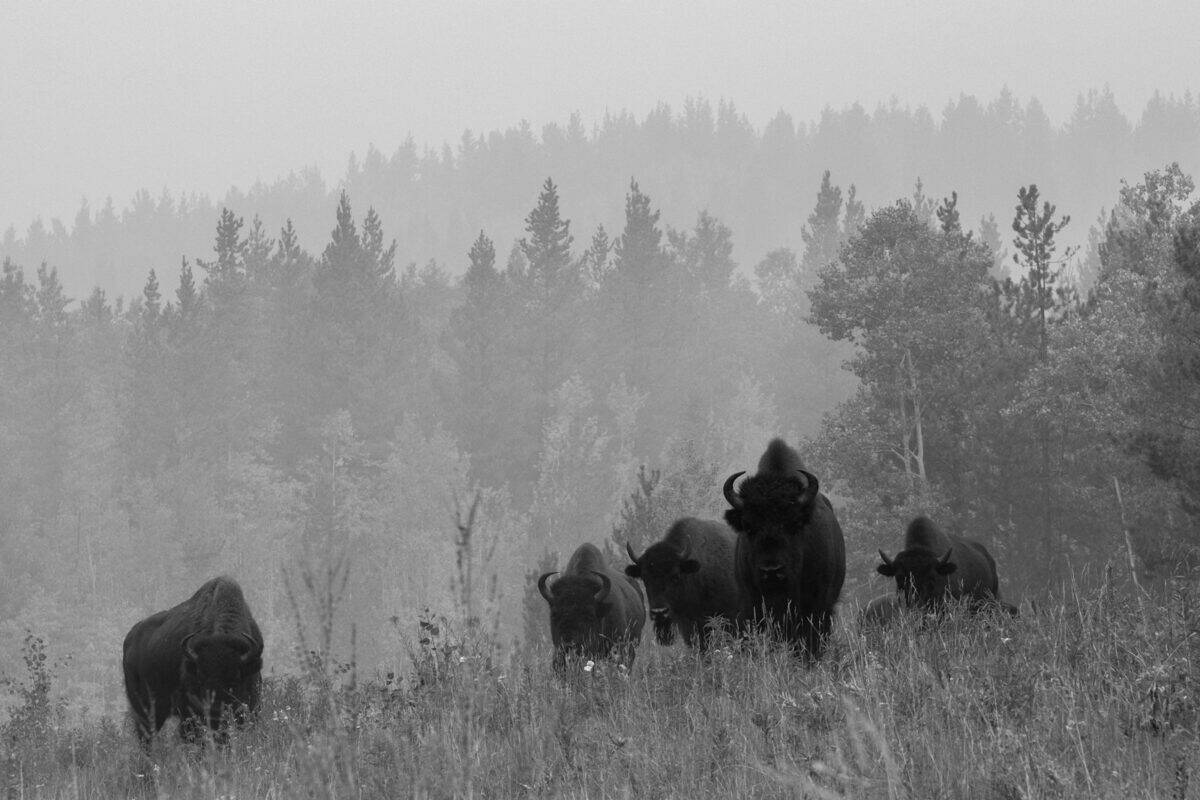
The ancestor of today’s bison, Bison latifrons, cohabited with mammoths and saber-toothed cats during the Pleistocene epoch. These ancient bison were even larger than their modern descendants.
7. Bison Can Jump 6 Feet High
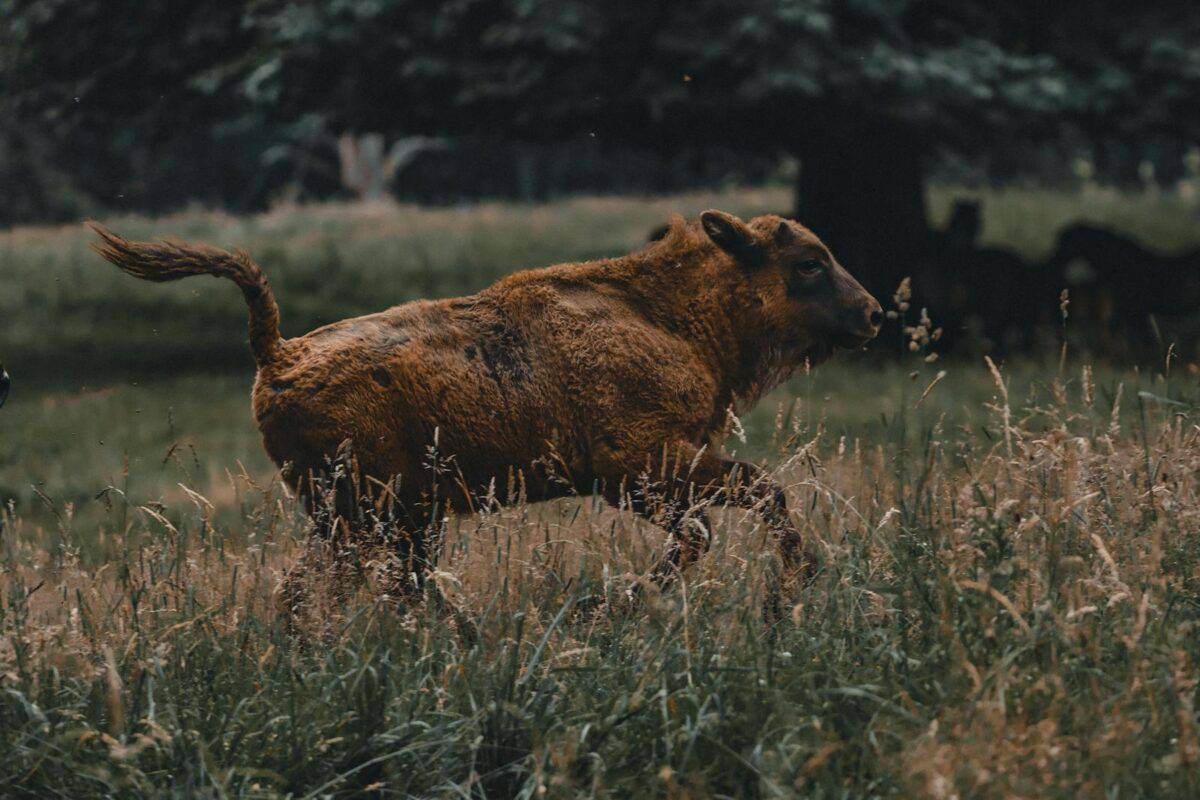
While not known for jumping, bison can leap fences and obstacles up to 6 feet high. This ability is crucial for escaping predators or finding food during migration.
6. Bison Aren’t True Ruminants
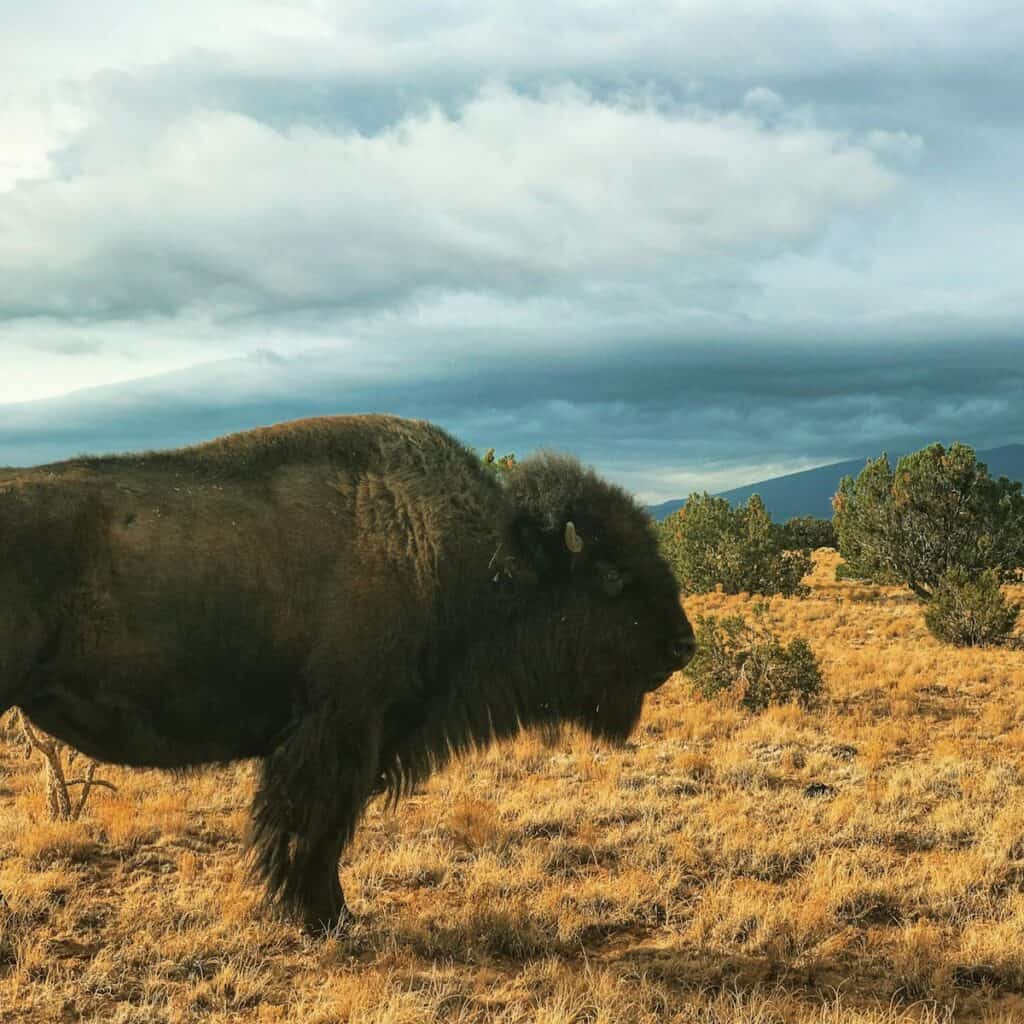
Unlike true ruminants, bison chew cud less frequently. This process allows them to break down hard-to-digest plant materials in their diet, making them less efficient at nutrient extraction compared to cows.
5. They Can’t See Well, but Have Keen Smell
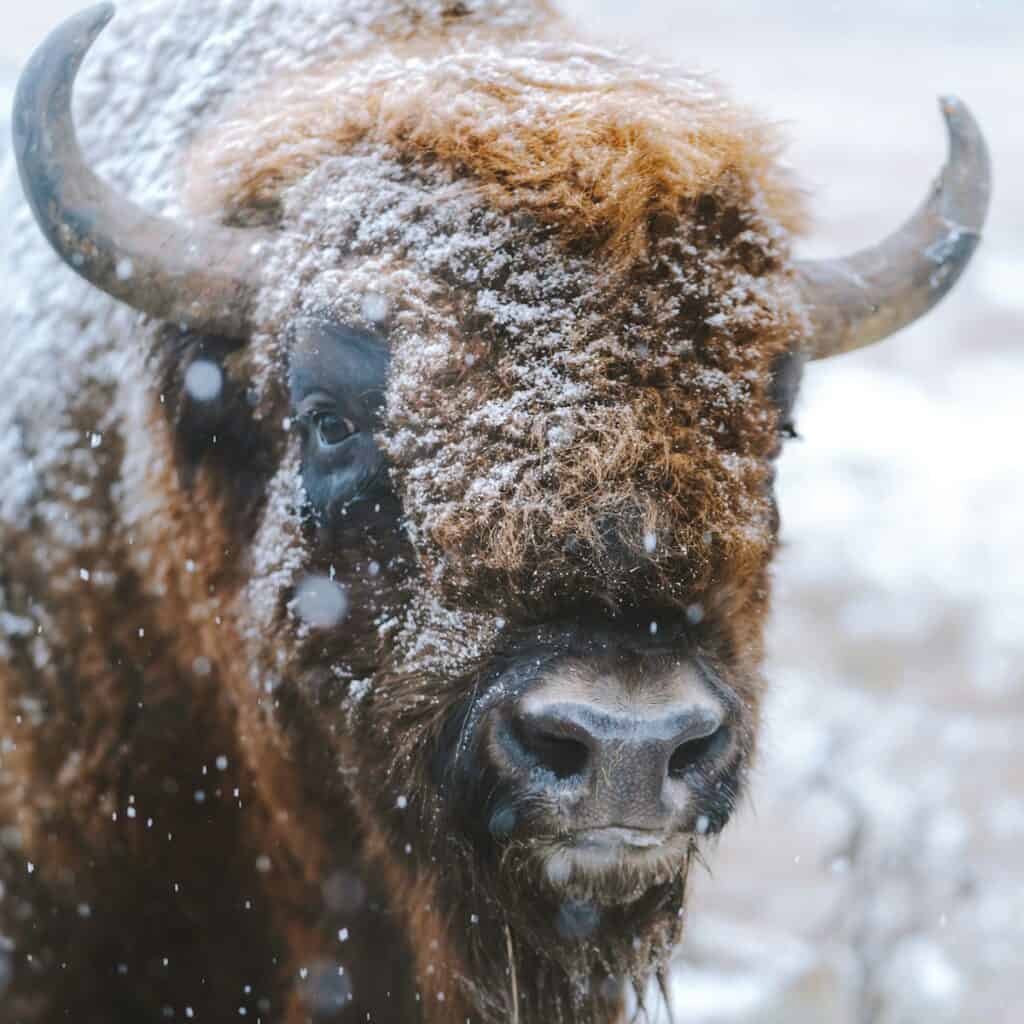
Bison have poor eyesight but compensate with an excellent sense of smell and hearing, allowing them to detect predators or find mates over long distances.
4. The Role of Bison in Native American Cultures
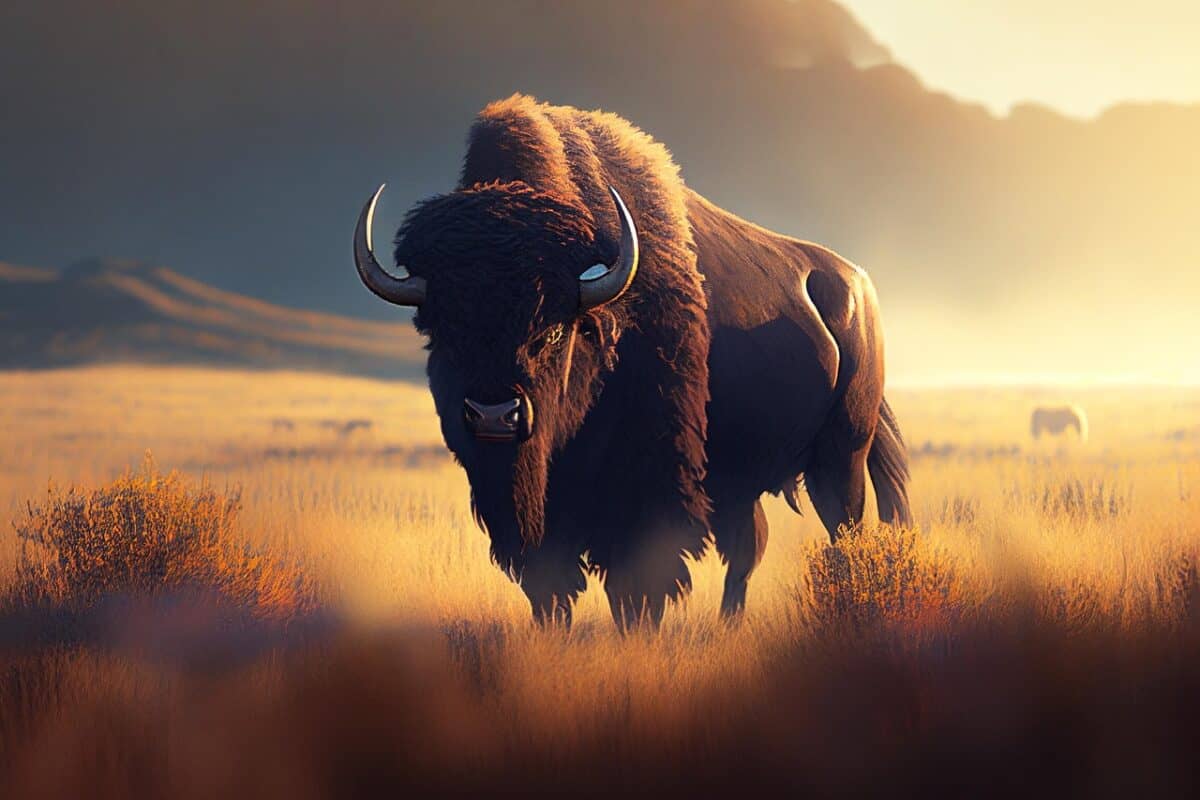
For many Indigenous tribes, the bison was integral to their way of life, providing food, clothing, tools, and shelter. The spiritual and cultural significance of bison is still honored through traditions and ceremonies.
3. Bison Can Swim

Bison are strong swimmers and can cross rivers and water bodies in search of food or during migration. Their large hump aids buoyancy by storing fat and muscle for energy in lean times.
2. They Have a Complex Social Structure

Bison herds follow a matriarchal social structure, with female bison typically leading the groups. Bulls often roam separately outside of the mating season, only joining the herd to compete for mates during the rut.
1. Bison Inspired the Name for the Buffalo Nickel

The image of an American Bison adorned the U.S. five-cent coin from 1913 to 1938, known famously as the Buffalo Nickel. This design celebrated the bison’s significance in America’s natural and cultural heritage.
The Enduring Symbol

From near extinction to a symbol of resilience and national pride, the American Bison’s journey is a testament to the importance of conservation and understanding the ecological roles of native species. While challenges remain, the bison continues to be a powerful emblem of the American wilderness.
- These Animals Can Recognize Their Own Names—And Some Even Talk Back - August 23, 2025
- California’s Mountain Lions Are Roaming Closer to Cities Than Ever Before - August 23, 2025
- How Animal Mothers Prepare Their Young for Independence - August 23, 2025

